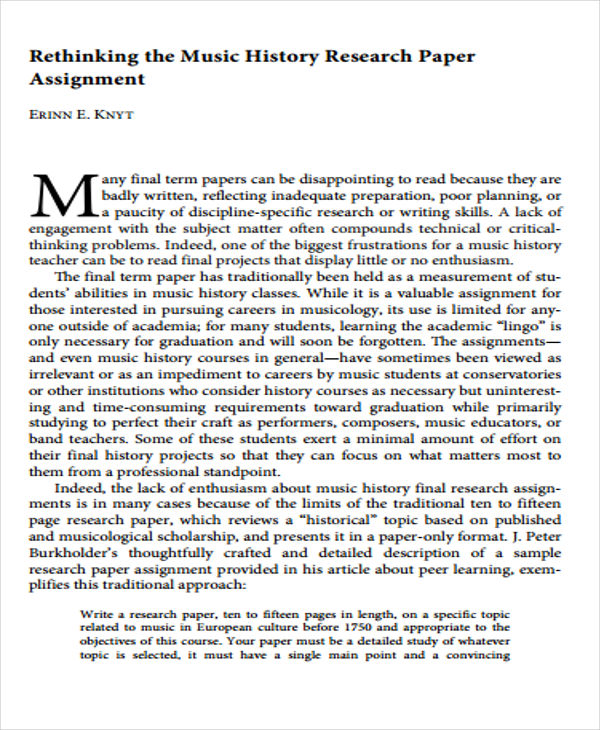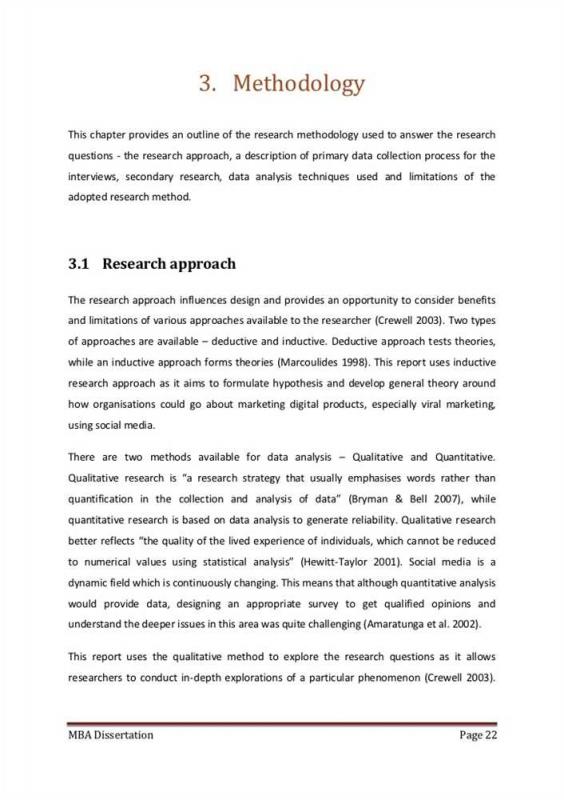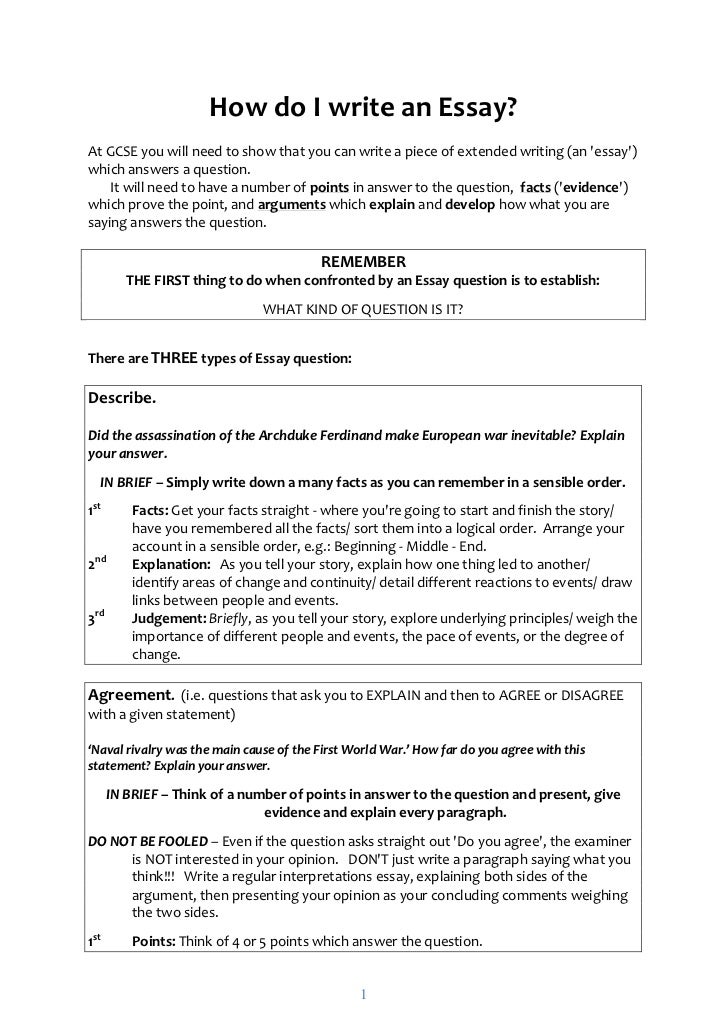
Navigation menu
The first paper-like plant-based writing sheet was papyrus in Egypt (4th Century BC), but the first true paper, the first true papermaking process was documented in China during the Eastern Han period (25– CE), traditionally attributed to the court official Cai Lun · Writing a good conclusion for your history paper requires you to summarize all the main ideas into about 2 to 3 sentences. Here are some pieces of advice to help you write a good conclusion: Specify your thesis statement in other words. Summarize the key ideas of your blogger.comted Reading Time: 4 mins · If you use this guide for writing a historical paper, you can check whether your document meets the given requirements. You should also check if you have made references for all cited books and be sure it doesn’t have any plagiarism. Draft The Final Paper When everything is completed, you can edit your paper to get the final version

How to write an abstract for a history paper
A proper includes deep research, facts, ideas, proves, links, quotations. Third, follow the rules and format of the work. Don't just handle a piece of paper filled with text, divide them into several important parts, like thesis, introduction, conclusion. Fourth, check the spelling and grammar 19 rows · History paper outline Before you proceed to writing, it is crucial to create an outline Estimated Reading Time: 3 mins · At this point you must outline your paper freshly. Mark up your first draft, ask tough questions whether your argument is clear and whether the order in which you present your points is effective! You must write conceptually a new paper at this point, even if you can use paragraphs and especially quotes, factual data in the new draft

Quick Navigation
The history of writing traces the development of expressing language by systems of markings.. In the history of how writing systems have evolved in human civilizations, more complete writing systems were preceded by proto-writing, systems of ideographic or early mnemonic symbols (symbols or letters that make remembering them easier). True writing, in which the · If you use this guide for writing a historical paper, you can check whether your document meets the given requirements. You should also check if you have made references for all cited books and be sure it doesn’t have any plagiarism. Draft The Final Paper When everything is completed, you can edit your paper to get the final version The first paper-like plant-based writing sheet was papyrus in Egypt (4th Century BC), but the first true paper, the first true papermaking process was documented in China during the Eastern Han period (25– CE), traditionally attributed to the court official Cai Lun

History paper outline
The history of writing traces the development of expressing language by systems of markings.. In the history of how writing systems have evolved in human civilizations, more complete writing systems were preceded by proto-writing, systems of ideographic or early mnemonic symbols (symbols or letters that make remembering them easier). True writing, in which the 19 rows · History paper outline Before you proceed to writing, it is crucial to create an outline Estimated Reading Time: 3 mins papers are concerned with history (not just what happened, of course, but why and how it happened), and some are interested in historiography (i.e., how other historians have written history, specifically the peculiarities of different works, scholars, or schools of thought). Some papers emphasize social or cultural history, others political or military history, and stillFile Size: 81KB
1. How do I pick a topic?
· Writing a good conclusion for your history paper requires you to summarize all the main ideas into about 2 to 3 sentences. Here are some pieces of advice to help you write a good conclusion: Specify your thesis statement in other words. Summarize the key ideas of your blogger.comted Reading Time: 4 mins 19 rows · History paper outline Before you proceed to writing, it is crucial to create an outline Estimated Reading Time: 3 mins A proper includes deep research, facts, ideas, proves, links, quotations. Third, follow the rules and format of the work. Don't just handle a piece of paper filled with text, divide them into several important parts, like thesis, introduction, conclusion. Fourth, check the spelling and grammar
No comments:
Post a Comment